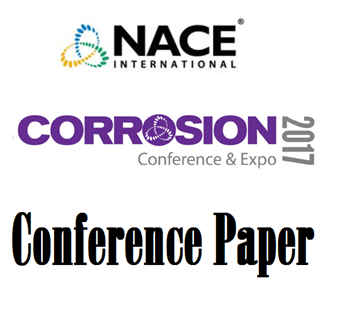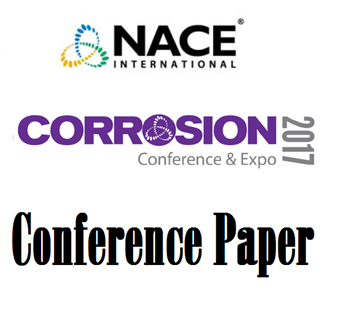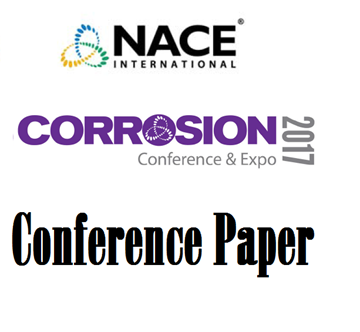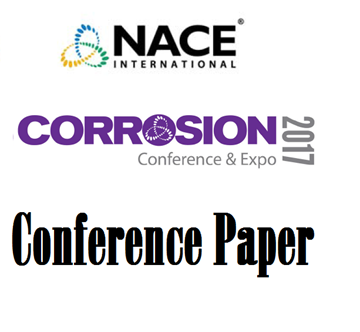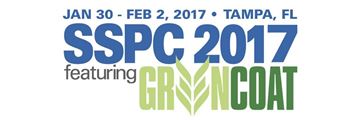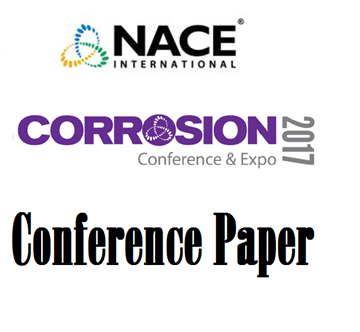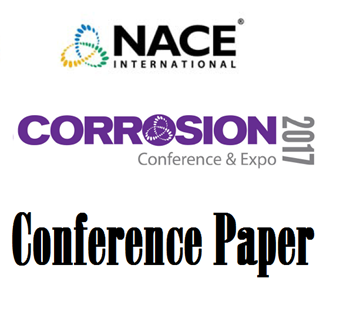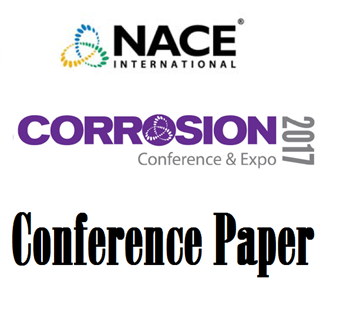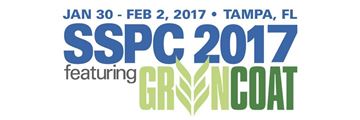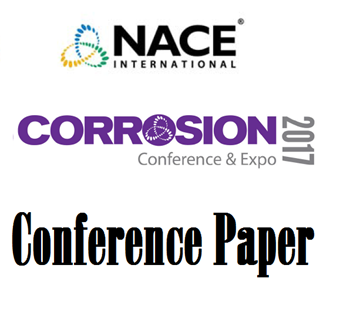Search
Products tagged with '2017 Conference Papers'
View as
Sort by
Display
per page
Calculating and Tracking Soil Resistivity Change in High AC Corridors
Product Number:
51317--8984-SG
ISBN:
8984 2017 CP
Publication Date:
2017
$20.00
Can an Intermittent Cathodic Protection System Prevent Corrosion of Buried Pipeline?
Product Number:
51317--9353-SG
ISBN:
9353 2017 CP
Publication Date:
2017
$20.00
Can We Expand ATP Assay and Molecular Techniques to Measure Microbes on Surfaces and Under Deposits?
Product Number:
51317--9414-SG
ISBN:
9414 2017 CP
Publication Date:
2017
$20.00
Case History on the Selection of Materials in a Bulk Handling Chemical Facility at Partitioned Zone
Product Number:
51317--8967-SG
ISBN:
8967 2017 CP
Publication Date:
2017
$20.00
Case Study for MIC Evaluation and Mitigation in Two Argentinian Oilfields
Product Number:
51317--9476-SG
ISBN:
9476 2017 CP
Publication Date:
2017
$20.00
Case Study of AC interference on an Urban Gas Pipeline: Field Test AC Mitigation Design and Assessment
Product Number:
51317--8914-SG
ISBN:
8914 2017 CP
Publication Date:
2017
$20.00
Case Study: A Polyaspartic Coating Made A Commercial Bakery Floor Look Really Sweet
Product Number:
51217-068-SG
Publication Date:
2017
$20.00
Cathodic Protection and MIC - Effects of local electrochemistry
Product Number:
51317--9452-SG
ISBN:
9452 2017 CP
Publication Date:
2017
$20.00
Cathodic Protection Coupon Use for Buried Piping in Plant (i.e. Complex) Facilities
Product Number:
51317--8824-SG
ISBN:
8824 2017 CP
Publication Date:
2017
$20.00
Cathodic Protection on Steel Reinforced Concrete Marine Structures
Product Number:
51317--9219-SG
ISBN:
9219 2017 CP
Publication Date:
2017
$20.00
CFD-based Prediction of Flow Induced Corrosion
Product Number:
51317--9126-SG
ISBN:
9126 2017 CP
Publication Date:
2017
$20.00

